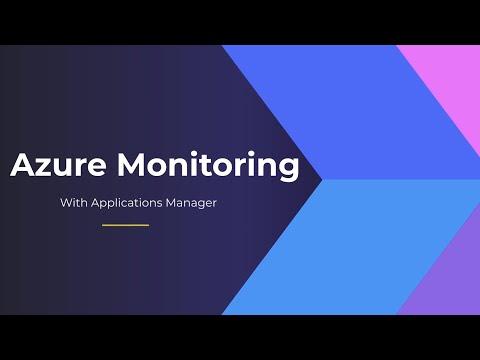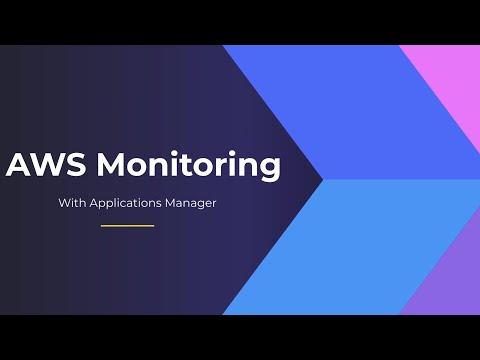CEOs have underlined that growth will be their top business priority for 2016, according to a recent survey by Gartner, Inc. The 2016 Gartner CEO and senior business executive survey found that despite indications that the global economy is struggling in early 2016, CEOs do not plan to significantly change their priorities. After growth (54 percent), the second and third business priorities are customers (31 percent) and workforce (27 percent).
The survey of 400 senior business leaders in user organizations worldwide was conducted in the fourth quarter of 2015, asking questions about 2016/2017. Most responding organizations were those with annual revenue of $1 billion or more. The survey results show that while business conditions are challenging, CEOs remain confident enough to sanction strategic investments, particularly when it comes to digital business transformation.
"The big rise of explicit mentions of the word 'customer' was very noticeable in the results of this year's survey," said Mark Raskino, VP and Gartner Fellow. "CEOs seem to be concerned about improving customer service, relationship and satisfaction levels. At the same time, CEOs have become much more concerned about employee issues than a couple of years ago. The emphasis is as much on benefits, retention and training of mainstream staff. It is not constrained only to senior grade 'talent' issues."
In a bid to stick to their digital business transformation plans, more and more CEOs are choosing to head up digital change in the business. The survey found that CEOs now understand that digital business is substantial enough to warrant them leading it personally. If they delegate primary responsibility, then the next most likely leader is the CIO.
The rise in the number of CEOs heading up digital change is unsurprising given that half of the CEOs surveyed expect to see substantial digital transformation in their industries, or for their industries to be almost unrecognizable within five years.
The survey results also showed that CEOs appear to see digitalization as a positive force, not a destructive one. Overall, they are very bullish about the effects of digital change on the gross (pretax) profitability of their businesses. 84 percent of CEOs said they expect digital change to bring higher profit margins.
"One explanation for CEOs' optimistic attitude toward digital change may be because they can see how it helps with the product innovations that matter to customers," said Raskino. "We asked CEOs what proportion of the customer perceived value of products and services they think is digital. Thinking about the product features that customers are choosing and believe they are buying, CEOs said the value percentage is already 30 percent on average, and will rise to 46 percent by 2019."
The Latest
The use of hybrid multicloud models is forecasted to double over the next one to three years as IT decision makers are facing new pressures to modernize IT infrastructures because of drivers like AI, security, and sustainability, according to the Enterprise Cloud Index (ECI) report from Nutanix ...
Over the last 20 years Digital Employee Experience has become a necessity for companies committed to digital transformation and improving IT experiences. In fact, by 2025, more than 50% of IT organizations will use digital employee experience to prioritize and measure digital initiative success ...
While most companies are now deploying cloud-based technologies, the 2024 Secure Cloud Networking Field Report from Aviatrix found that there is a silent struggle to maximize value from those investments. Many of the challenges organizations have faced over the past several years have evolved, but continue today ...
In our latest research, Cisco's The App Attention Index 2023: Beware the Application Generation, 62% of consumers report their expectations for digital experiences are far higher than they were two years ago, and 64% state they are less forgiving of poor digital services than they were just 12 months ago ...
In MEAN TIME TO INSIGHT Episode 5, Shamus McGillicuddy, VP of Research, Network Infrastructure and Operations, at EMA discusses the network source of truth ...
A vast majority (89%) of organizations have rapidly expanded their technology in the past few years and three quarters (76%) say it's brought with it increased "chaos" that they have to manage, according to Situation Report 2024: Managing Technology Chaos from Software AG ...
In 2024 the number one challenge facing IT teams is a lack of skilled workers, and many are turning to automation as an answer, according to IT Trends: 2024 Industry Report ...
Organizations are continuing to embrace multicloud environments and cloud-native architectures to enable rapid transformation and deliver secure innovation. However, despite the speed, scale, and agility enabled by these modern cloud ecosystems, organizations are struggling to manage the explosion of data they create, according to The state of observability 2024: Overcoming complexity through AI-driven analytics and automation strategies, a report from Dynatrace ...
Organizations recognize the value of observability, but only 10% of them are actually practicing full observability of their applications and infrastructure. This is among the key findings from the recently completed Logz.io 2024 Observability Pulse Survey and Report ...
Businesses must adopt a comprehensive Internet Performance Monitoring (IPM) strategy, says Enterprise Management Associates (EMA), a leading IT analyst research firm. This strategy is crucial to bridge the significant observability gap within today's complex IT infrastructures. The recommendation is particularly timely, given that 99% of enterprises are expanding their use of the Internet as a primary connectivity conduit while facing challenges due to the inefficiency of multiple, disjointed monitoring tools, according to Modern Enterprises Must Boost Observability with Internet Performance Monitoring, a new report from EMA and Catchpoint ...





